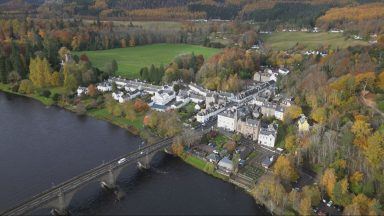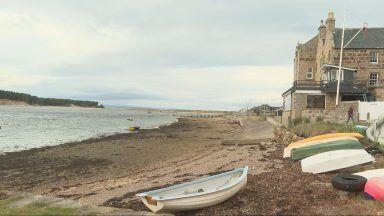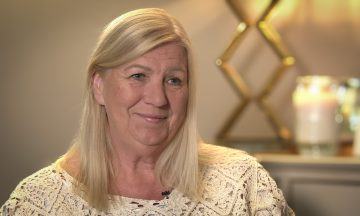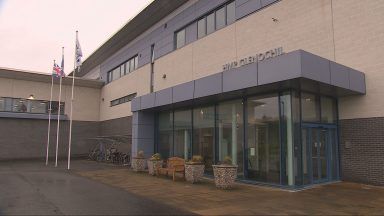It feels like forever since we’ve had a proper soaking — though maybe we should whisper that, just in case we jinx summer before it even begins. That said, for the next few weeks, most of the country looks set to remain firmly in the dry zone.
But here’s a twist — did you know May is typically Scotland’s driest month of the year? So, while it feels parched, it’s not entirely out of the ordinary to be high and dry at this point in spring.
Spring is a time of transition in our weather patterns, as systems shift from their winter setup to the summer pattern. This often leaves high pressure parked over or near the UK, bringing more settled and drier conditions.
Actually, late spring can offer some of the best weather of the year. Yes, summer can bring higher temperatures, but it’s usually late spring when we get these long, dry spells.
In April, for example, Dunbar in East Lothian saw just 6mm of rain – about what you’d expect from a couple of passing showers. That’s remarkably low for an entire month. Aberdeenshire was also extremely dry, with just 8mm at Fyvie Castle, 10mm at Oyne and Dyce – setting new April record lows for many spots. Moray wasn’t far behind, with 11mm in Lossiemouth and Kinloss.
And so far this May? Well… not much better. Apart from some rain in the Western Isles on Sunday, the outlook stays bone-dry for most of the country – which could make this another extremely dry month.
Beyond the weekend, high pressure reasserts itself as a powerful block, deflecting rain bands north and south of the UK – meaning it’s still the Mediterranean picking up most of the rainfall while we stay dry.
There are some early signs that more changeable weather might return in the final week of May, but that’s still far off, and it could be delayed. If it is, that’s when May rainfall records could start to fall.
Looking at the bigger picture, parts of Aberdeenshire, Angus and Fife may end spring around 70% below average rainfall, with much of Scotland seeing only half the normal amount. But the issue goes deeper. Over the past six months, most of mainland Scotland has experienced well below average rainfall — which could carry broader consequences into summer.
So, does that mean a drought is on the cards?
We’re not quite there yet, but warning signs are flashing. Soils are showing a clear moisture deficit, and river levels are running lower than normal across many regions. The most severe deficit right now appears to be along the Gala Water near Galashiels, where persistent dryness has taken its toll.
At this stage, it’s nothing a week or two of heavy rain couldn’t fix — but with no sign of that, the risk grows. Without a wetter-than-average June or July, we could be heading into more serious territory. Sorry, I know that’s not what anyone wants to hear!
Usually, these things rebalance later in summer — long dry spells often end with thundery downpours in July and August. Those storms can top up rivers and reservoirs… and sadly spoil school holidays. It’s why the weather often seems to shift just as the summer holidays begins.
SEPA has already issued alerts for parts of eastern Scotland, including Aberdeenshire, the Borders, Lothians, Fife, and Angus. While no areas are yet at full water scarcity status, farmers and those with private water supplies are being urged to start conserving water and prepare for ongoing dryness.
Scottish Water is also monitoring the situation closely. Reservoir levels in the east are down nearly 20%, while most other areas are seeing drops of 5–10%.
So yes, we’re all hoping for a glorious summer — but let’s not forget that a bit of rain now and then might be just what we need to keep the season on track.
Follow STV News on WhatsApp
Scan the QR code on your mobile device for all the latest news from around the country


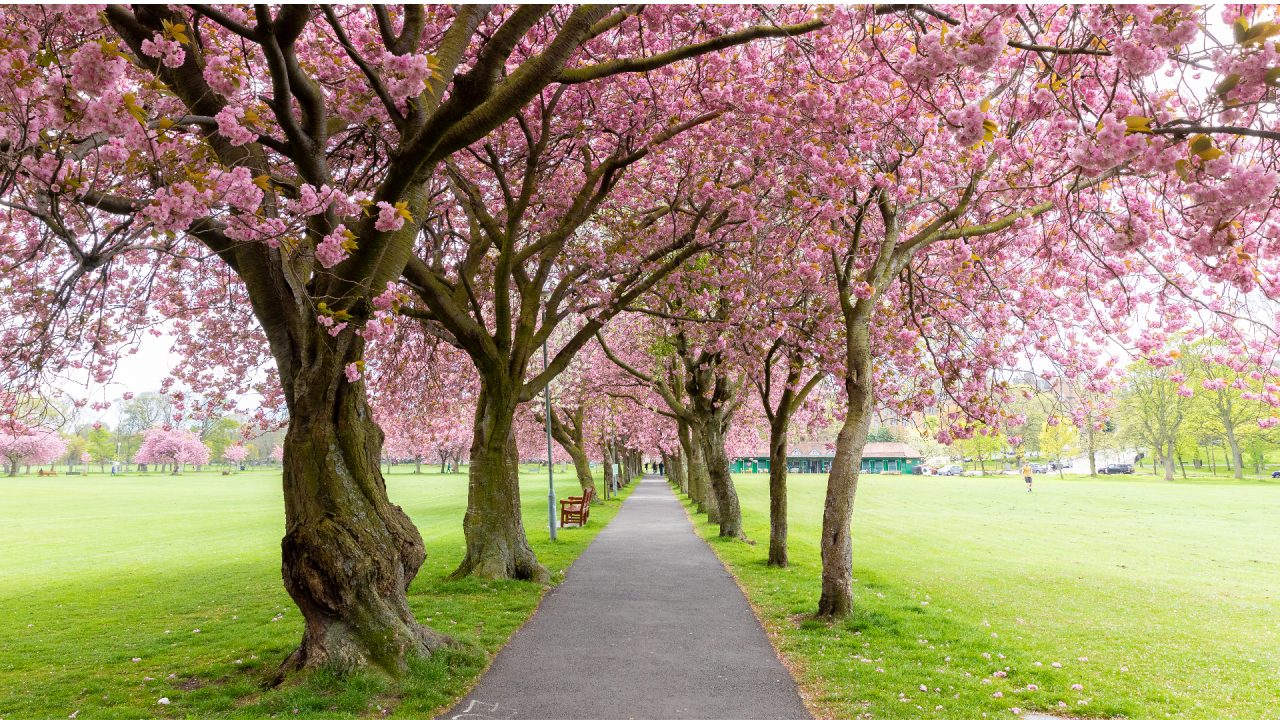 iStock
iStock




